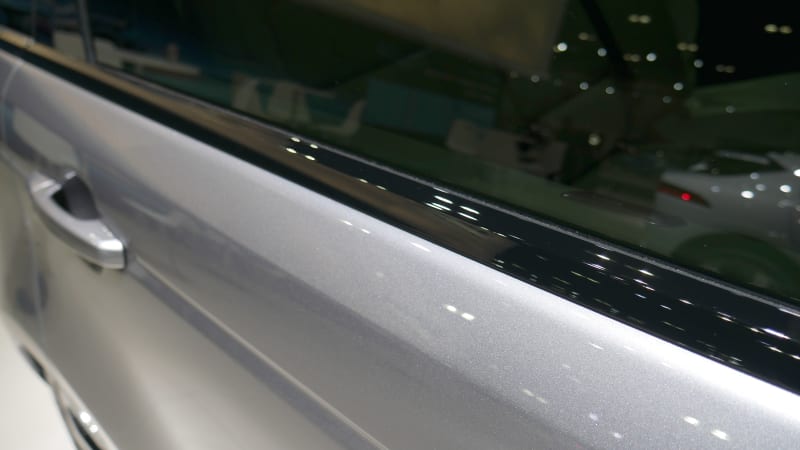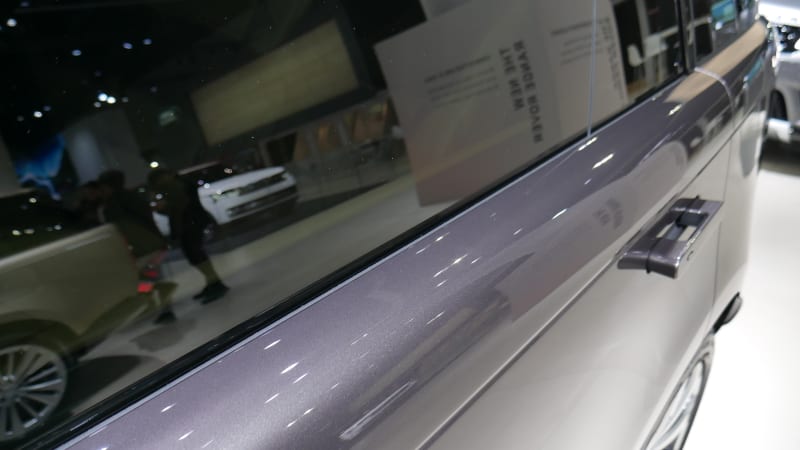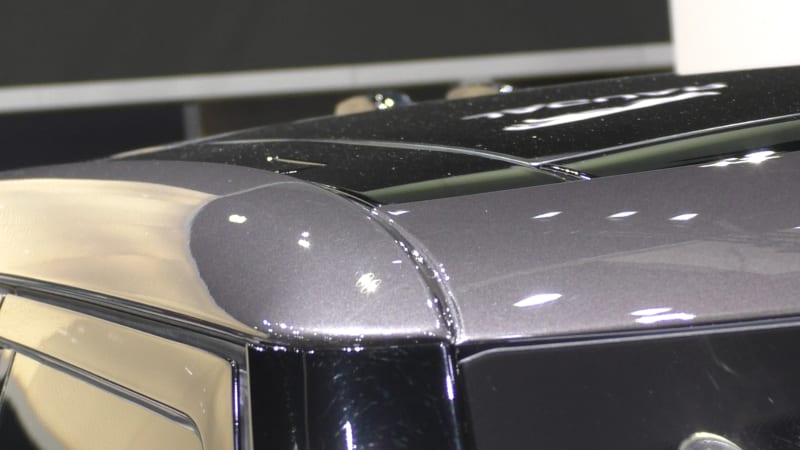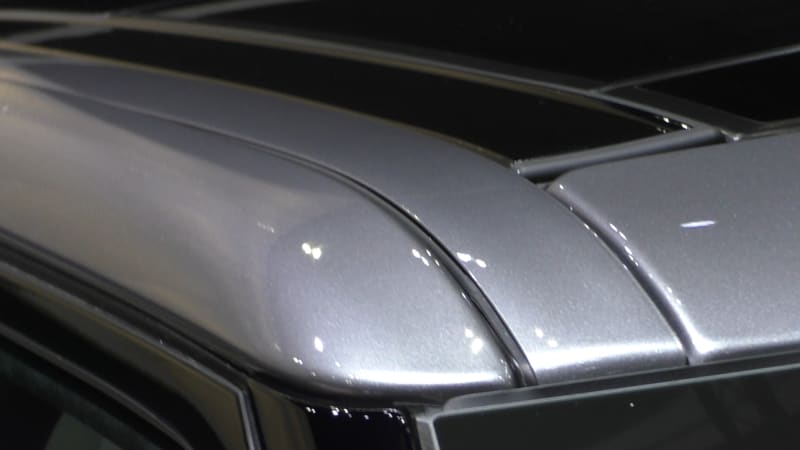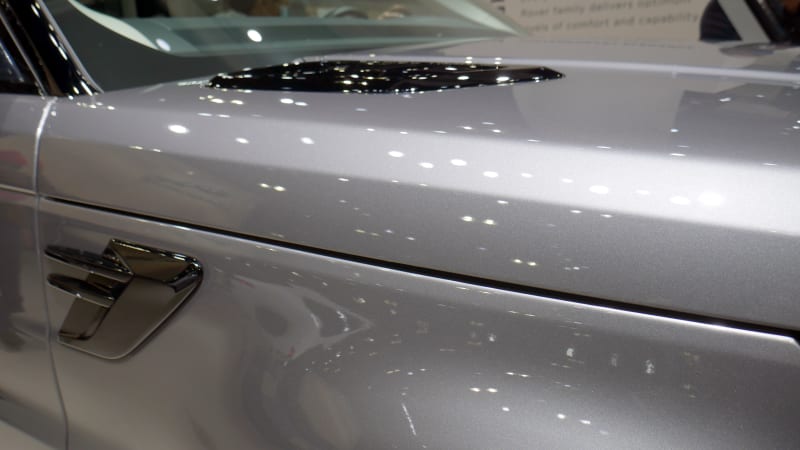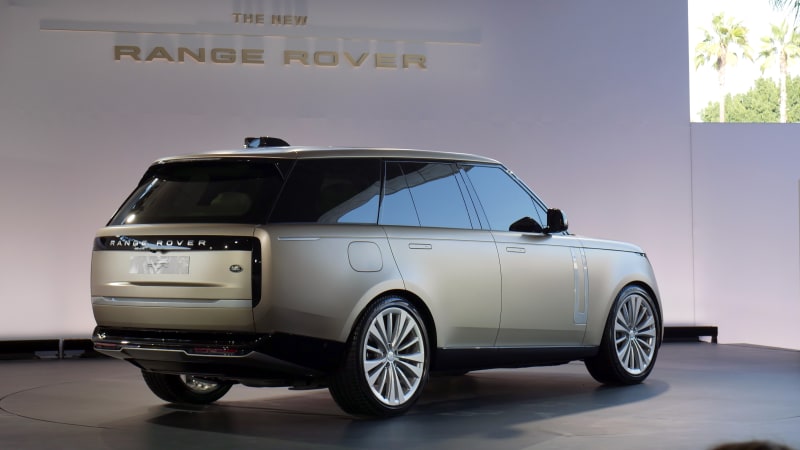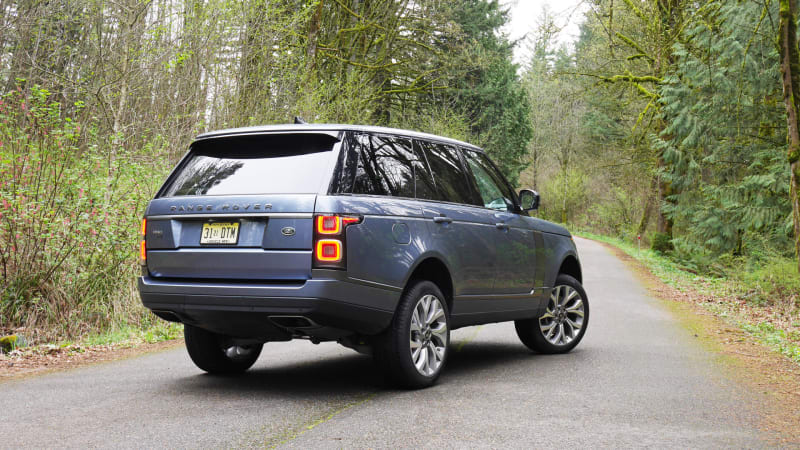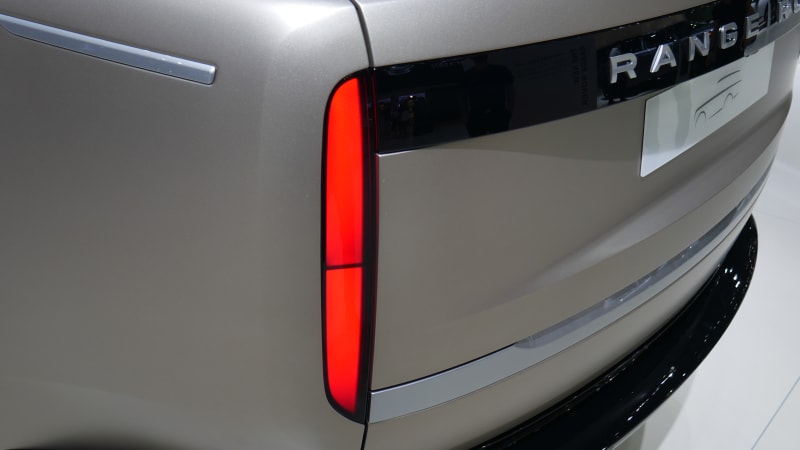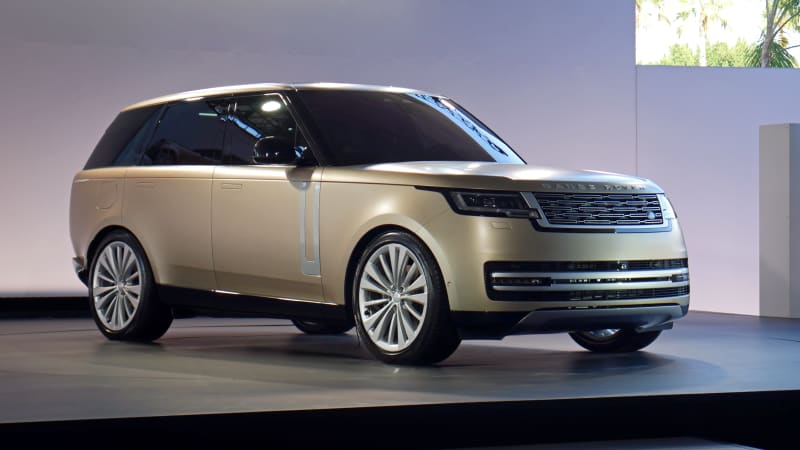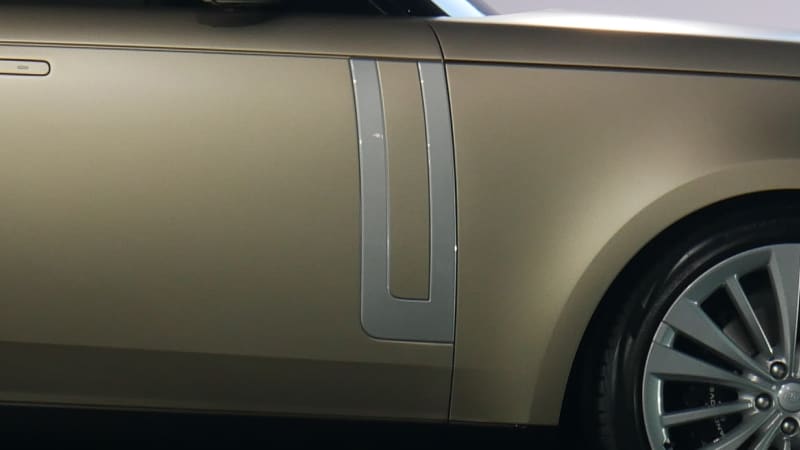LOS ANGELES — When the new Range Rover was revealed in North America for the first time Monday underneath the epic, spherical Oscars museum theater, Land Rover design director Gerry McGovern spoke repeatedly about the philosophy of “modern, reductive design” driving the latest generation of an automotive icon. By “reductive” he meant free from excessive lines and ornamentation, the former of which is frequently seen throughout the automotive industry, while the latter is something the last two Range Rovers were not immune to, especially after mid-cycle refreshes. McGovern quoted famed architect Ludwig Mies van der Rohe’s well-known mantra of “less is more” and showed admiration for Coco Chanel, who said “Some people think luxury is the opposite of poverty. It is not. It is the opposite of vulgarity.”
However, much like an architect or fashion designer, opting for a clean and reductive aesthetic requires the utmost attention to detail. You can’t rely on brightwork or bodywork slashes and creases to hide imperfect cut lines or imprecise construction. “God is in the detail,” as van der Rohe also famously said.
What does that mean on the Range Rover? Let’s take a look at a few examples.
Most cars have a piece of trim that runs atop the doors and meets the windows for the purposes of finishing and clearing water. Above left is the Range Rover Sport, but the previous Range Rover had such trim as well. Above right is the new Range Rover, which does away with this trim for a perfectly clean, streamlined appearance that is not an easy thing to manufacture.
Another example is the new Range Rover’s aluminum roof that is laser welded to the aluminum body side within half a millimeter of tolerance. While laser-welded joints are common, doing so with aluminum is not, according to Land Rover Executive Director of Vehicle Programmes Nick Collins. The result is only one line visible on the roof, especially from the front of the car. Compare this to the Range Rover Sport, which has a finisher panel and therefore two lines.
Then there’s the cut lines. Note the size difference between the “bonnets” of the new Range Rover and the Range Rover Sport (above right). Is it a giant difference? Of course not, but we’re talking degrees of precision here, and it matters. Specifically, it allows for a much thinner, full-length body line that continues to line up with the bonnet cut. Check out the difference below.
Also, just note how clean and flush the body sides are on the new Range Rover (above left) versus the previous-generation model (above right). This speaks to both the decision for reductive, modern design and the construction methods necessary to make it happen.
Another harder-than-it-looks detail involves the new “hidden-until-lit” taillights. When not illuminated, the taillight panels are indistinguishable from the piano black trim piece that works across the tailgate. However, in order to meet the legal requirements for luminosity, Collins said Land Rover need to utilize the most powerful LED taillamps ever made. It was the only way to make the surface perfectly black yet light up sufficiently.
Finally, when talking about reductive design and the idea of “less is more,” just take a look at the Range Rover Sport versus the new Range Rover. Note the Sport’s black-trimmed vents on the hood and front fenders. No such frivolity exists on the new Range Rover, and while it maintains a trim piece on the doors, it no longer resembles venting (which was always a curious design choice for the previous-generation model).
There are no doubt many other examples, especially inside, but this should provide a sufficient taste of what goes into ensuring that less is indeed more.
Related video:
Source: www.autoblog.com

